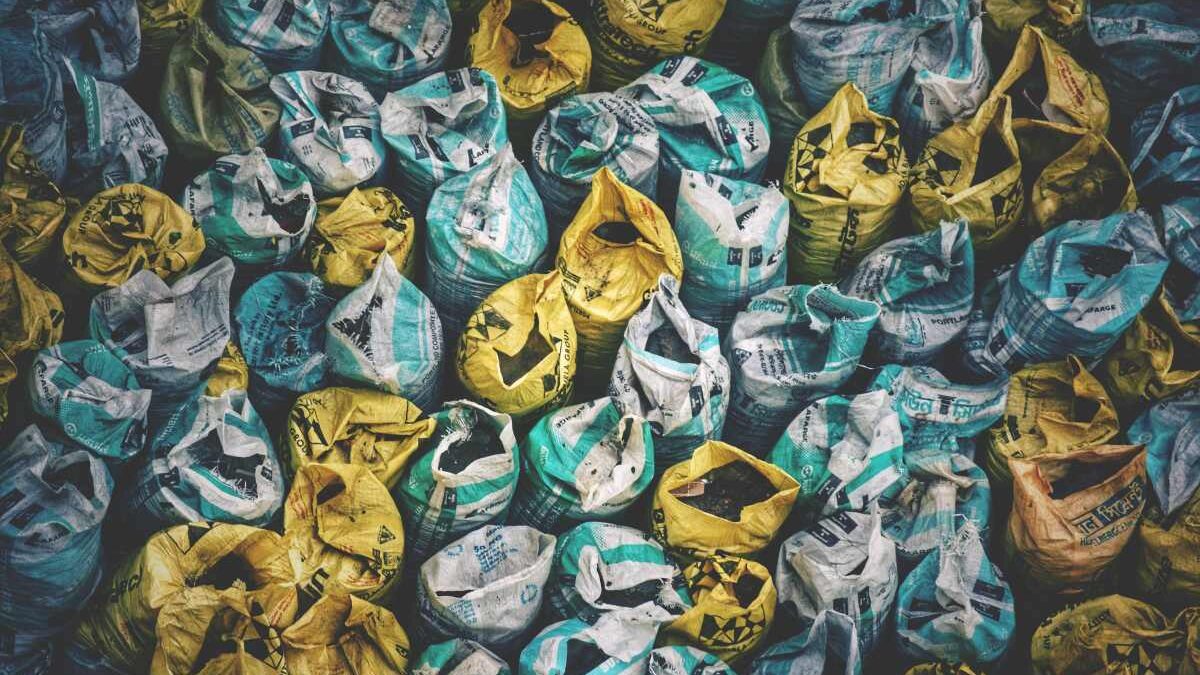In 2018, the U.S. produced more than 5.9 million tons of potentially biohazardous medical waste, and yet, in just two years, the U.S. has managed to surpass the 6 million ton mark with ease. Moreover, as the pandemic rages on, any indication of generating less-regulated medical waste in the future is starting to look like a pipedream. This staggering amount of waste has the power to do real damage, and yet, there are still people who believe that proper disposal of said material waste isn’t crucial. But then, the reality is this couldn’t be farther from the truth. Adequate disposal procedures are instrumental in protecting everyone from infectious agents.
Furthermore, improper disposal can potentially be dangerous to the environment, water, food supplies, and wildlife. Thus, correct disposal of biohazard trash, in all fields, matters more than one would think. Don’t just take our word for it. Here are several reasons why biohazardous waste disposal needs to be taken seriously across the globe and in the U.S.
Table of Contents
The Dangers of Biohazardous Waste
By now, you’re probably aware that there are several types or classes of regulated medical waste. However, what many often overlook is all the associated risks/dangers that all biohazardous trash present. Just ask the World Health Organization (WHO) or any biomedical trash disposal provider. They will all tell you that medical garbage goes beyond infectious, pathological, and sharp regulated medical waste—to name a few. In fact, you can find a more exhaustive list of biohazard trash categories online. Go to the WHO’s healthcare waste fact sheet for a comprehensive synopsis or visit https://www.medprodisposal.com/biohazard-waste-disposal/ for a concise summary. With that being said, pharmaceuticals (unused, expired, or contaminated), various chemicals, and general medical garbage can all be dangerous if the right disposal procedures aren’t followed. This is especially true for chemical solvents, disinfectants, batteries, and heavy metals like mercury from thermometers. Likewise, radioactive materials and genotoxic/cancer treatment substances are extremely dangerous if not discarded properly.
The risk to Healthcare Providers
Unfortunately, without disposal procedures and policies, it’s very easy for healthcare providers and staff to be harmed. Medical workers come into contact with severe diseases regularly, sometimes even on a daily basis. Viruses like Hepatitis, Coronavirus, Ebola, Malaria, HIV, and Syphilis are infectious agents with life-long repercussions. This is why it’s important to have multiple biohazardous receptacles and observe the correct disposal processes. This is especially true when dealing with the above infectious agents or sharps in general.
Impact on the Community
By the same token, improper disposal and a blatant disregard for the procedure also put the community at risk. When any regulated medical waste is simply thrown out, it tends to end up in landfills. Both harmful liquids and chemicals can easily leach into the soil, nearby water supply, and atmosphere. Most waste that makes it to the landfills doesn’t break down quickly, and the same is often true for biohazardous garbage that hasn’t been correctly discarded. When dangerous biomedical trash is thrown away in this manner, chances of contamination only go up. Furthermore, not all “trash” makes it to its intended destination. In cities with increasing poverty levels and a higher homeless population, there’s likely to be more dumpster-diving, which can lead to exposure, too.
Environmental Repercussion
As briefly mentioned, medical waste can work its way into water and food supplies if it’s disposed of erroneously. Liquids often contaminate the groundwater after they leach through the soil or land in a nearby dumpsite. This occurs because most landfills are located close to rivers, lakes, and streams. Once biohazard waste has made its way into the groundwater, it’s only a matter of time before it ends up in the water supply, irrigation systems, and into our oceans. This is very problematic for all eco-systems, including ours.
Water Supply and Crops
When our water supply is contaminated with biohazardous waste, there’s no quick fix. Remember, groundwater is often channeled right into cities’ drinking water. Thus, any harmful chemicals or radioactive materials that have made their way into the groundwater are now in your tap water. It’s the same tap water that you cook with, clean your dishes with, and use to refill your pet’s water dish. Likewise, polluted groundwater can make its way into your food. Remember, farmers use irrigation systems, and roughly 64% of irrigation water is groundwater. As a result, being exposed to and ingesting high levels of harmful chemicals often leads to serious health problems. Plus, radioactive pollution can cause certain types of cancers.
Air Pollution
Similarly, when medical waste is incinerated, there’s a chance for air pollution. Biohazardous trash improperly disposed of, in this particular manner, can leach dangerous airborne toxins into the atmosphere. Toxins like cadmium, mercury, lead, and acidic gasses circulating in the air can have devastating ramifications for humans, domestic animals, and wildlife. This is why every class of biohazardous trash must be disposed of appropriately. Some types of waste can be safely discarded via autoclaving, while others can be incinerated without posing a risk—it’s just a matter of knowing which ones.
Wildlife
Finally, wildlife, like humans, depends on water found in lakes, streams, rivers, and springs. In particular, marine life can suffer congenital disabilities, increased cancer risks, and mutations when medical waste isn’t handled with care. Overall, humans, plants, and fish are all exposed to harmful materials when disposal procedures are trivialized. Thus, it isn’t too shocking that improper disposal of medical waste can be viewed as an act of terrorism by the CDC.
Takeaway
Ultimately, medical waste disposal is a serious business and needs to be treated as such. Many policies and procedures have been put in place to protect life as we know it. Therefore, if you need help with discarding your biohazardous trash, it’s imperative that you reach out to a local medical garbage disposal provider.

